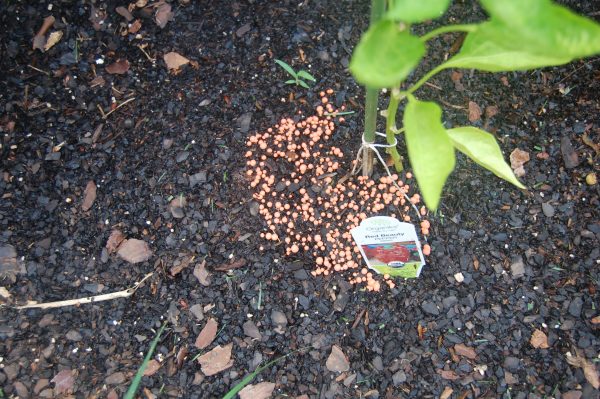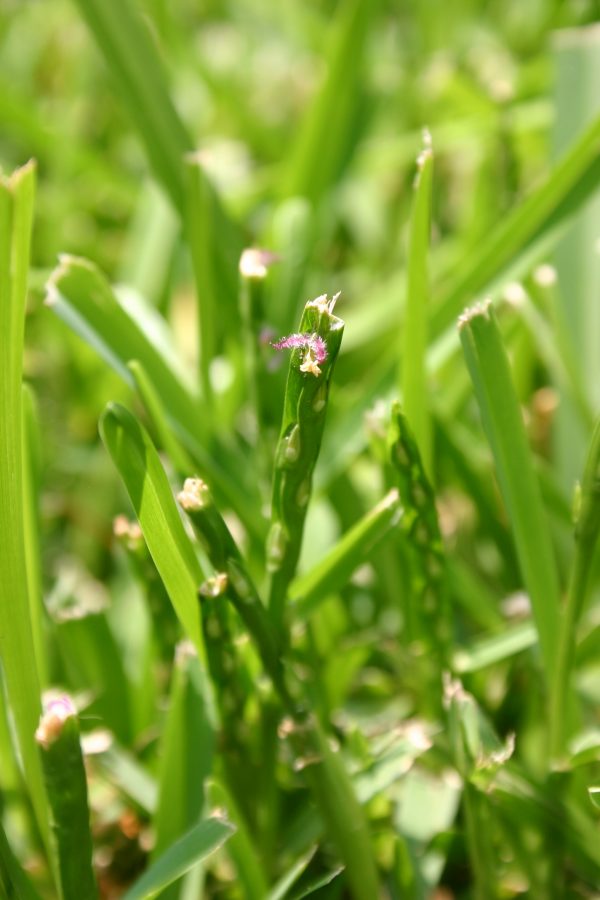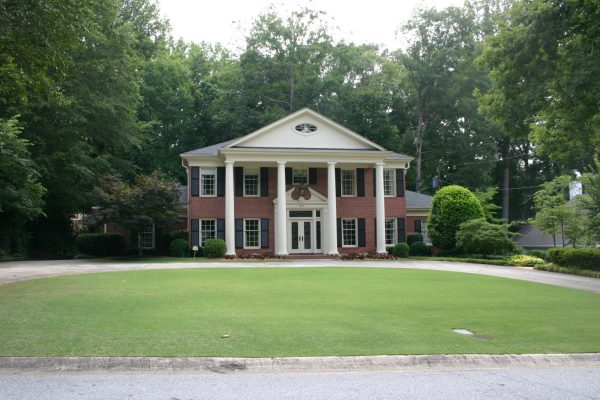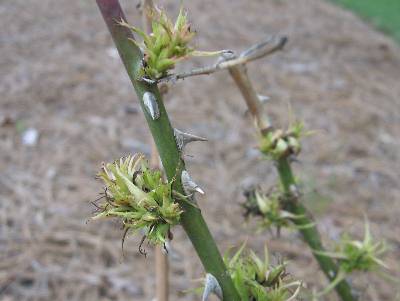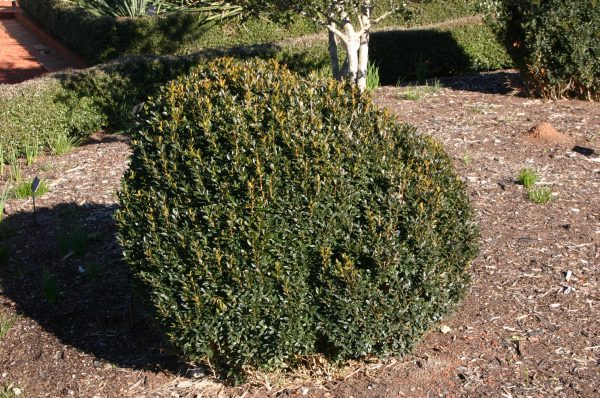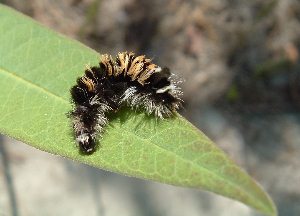Timing Spring Pre-emergent Herbicide Application on Lawn
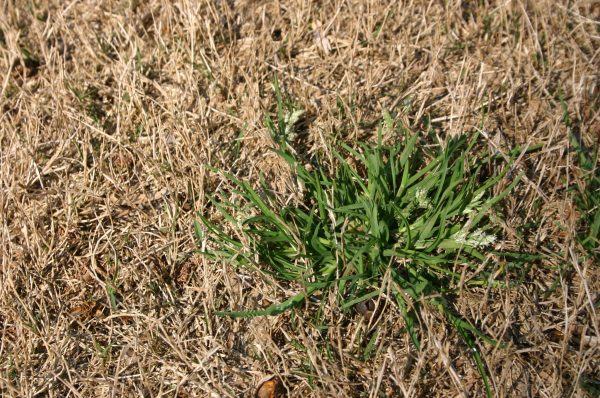
Bob K. wrote me recently to ask about controlling crabgrass. “We’re having pretty good success with our bermudagrass lawn but the crabgrass is overtaking it.” he related. “We put down pre-emergent (click for examples) herbicide twice this spring but now we have about fifty percent crabgrass in our lawn. Will the crabgrass die over the winter and not be a problem next spring?”
He probably followed my timing instructions last spring. For several years I have repeated the mantra “Summer weeds: March 15. Winter weeds: September 15.”
If you battle weeds in your lawn you know what I mean: Put out your crabgrass preventer in mid-March and your winter weed preventer in mid-September.
“March 15, September 15.” It rhymes, it’s easy to remember and that’s what I’ve always recommended.
Bob’s question, though, made me do a little research. He put down a pre-emergent (click for examples) twice this spring and still didn’t get good control. Why?
I realize now that my rhyme will have to be discarded.
Crabgrass seed, you see, germinate when spring soil temperatures tend upwards from 50 degrees F. Weed scientists use 52 degrees F. at one-half inch deep as the trigger point for their application of pre-emergence herbicide.
The University of Georgia maintains a network of weather stations around the state that monitor all sorts of weather data. To find your soil temperature, go to Georgia Weather Network and find the station nearest your house. Click on it, then click on Past Data, and then 31-Day Summary. You’ll get a page of data. The column close to the middle is 2″Soil Temp. Follow the dates and temperatures to easily figure out how soil temperatures are behaving in your area.
My timing advice has been wrong!
To get good crabgrass control in Atlanta you should apply the pre-emergent when the soil temperature at 2″ deep is 55 degrees for five days and no cold weather is forecast.” So even though the soil temperature may be 55 degrees some days in January you should wait until your local weather person announces that the current warm weather will continue and it’s clear sailing, weather-wise, until spring.
So March 1, not March 15, is the best time to start monitoring. Otherwise the seed will sprout beforehand….and most pre-emergent chemicals do not control crabgrass seedlings.
In Bob’s situation, the crabgrass will die this winter – but the seed it has already dropped will sprout next April and he could have even more of the weed next year.
So what should he do?
For lawns, the following products give excellent control of crabgrass in summer and annual bluegrass in winter. Some also prevent broadleaf weeds:
benefin (Amaze, Balan, Crabgrass Preventer ) click for examples
oryzalin (Surflan) click for examples
pendimethalin (Halts, LESCO 0-0-7) click for examples
dithiopyr (Crab-Ex, Bonide Crabgrass and Weed Preventer, Dimension) click for examples
prodiamine (Barricade) click for examples
Pre-emergent for Ornamental Beds (not lawns)
Trifluralin and isoxaben (Preen Extended Control ) click for examples
PRE- and POST-emergent combo products
Prodiamine and sulfentrazone (Bonide Weed Beater Complete) click for examples
Quinclorac and dicamba (Ortho Weed B Gon with Crabgrass Control) click for examples
Isoxaben, mecoprop, dicamba (Bayer Season Long Weed Control) click for examples
The key is the timing. Pre-emergent herbicides MUST be applied BEFORE crabgrass seed germinate. If Bob and other lawn owners choose one of the products above and put it out on March 1, I think summer crabgrass control will be much better.
My second (September 15) date still stands. Put out a pre-emergence control for annual bluegrass, henbit or chickweed on that date and you’ll avoid my winter weed “I told you so!” next spring.
REMEMBER: Read all herbicide labels thoroughly to be sure the product can be used on your particular turfgrass and that it controls the weed(s) you are trying to manage.
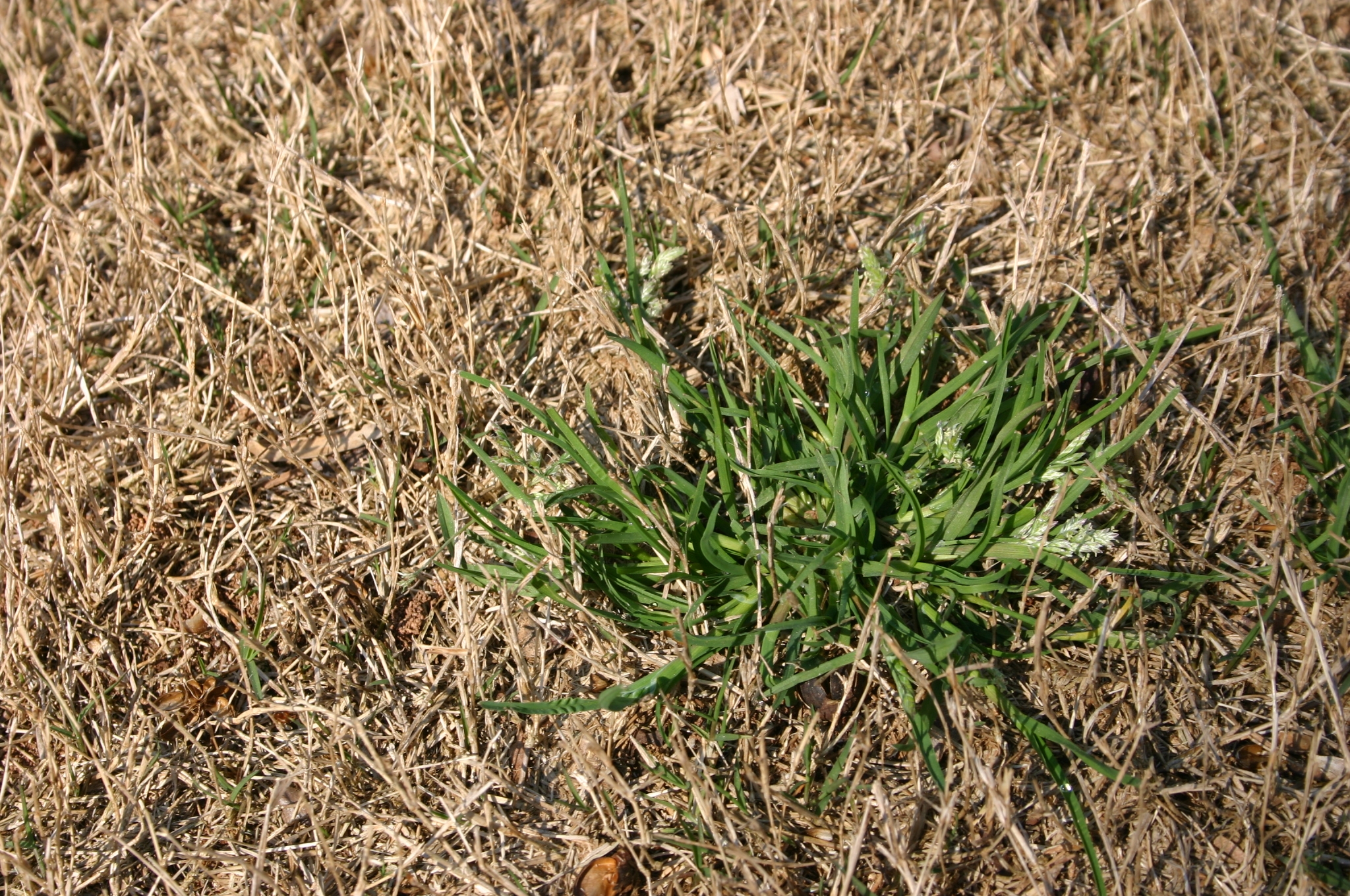
annual bluegrass in bermuda



